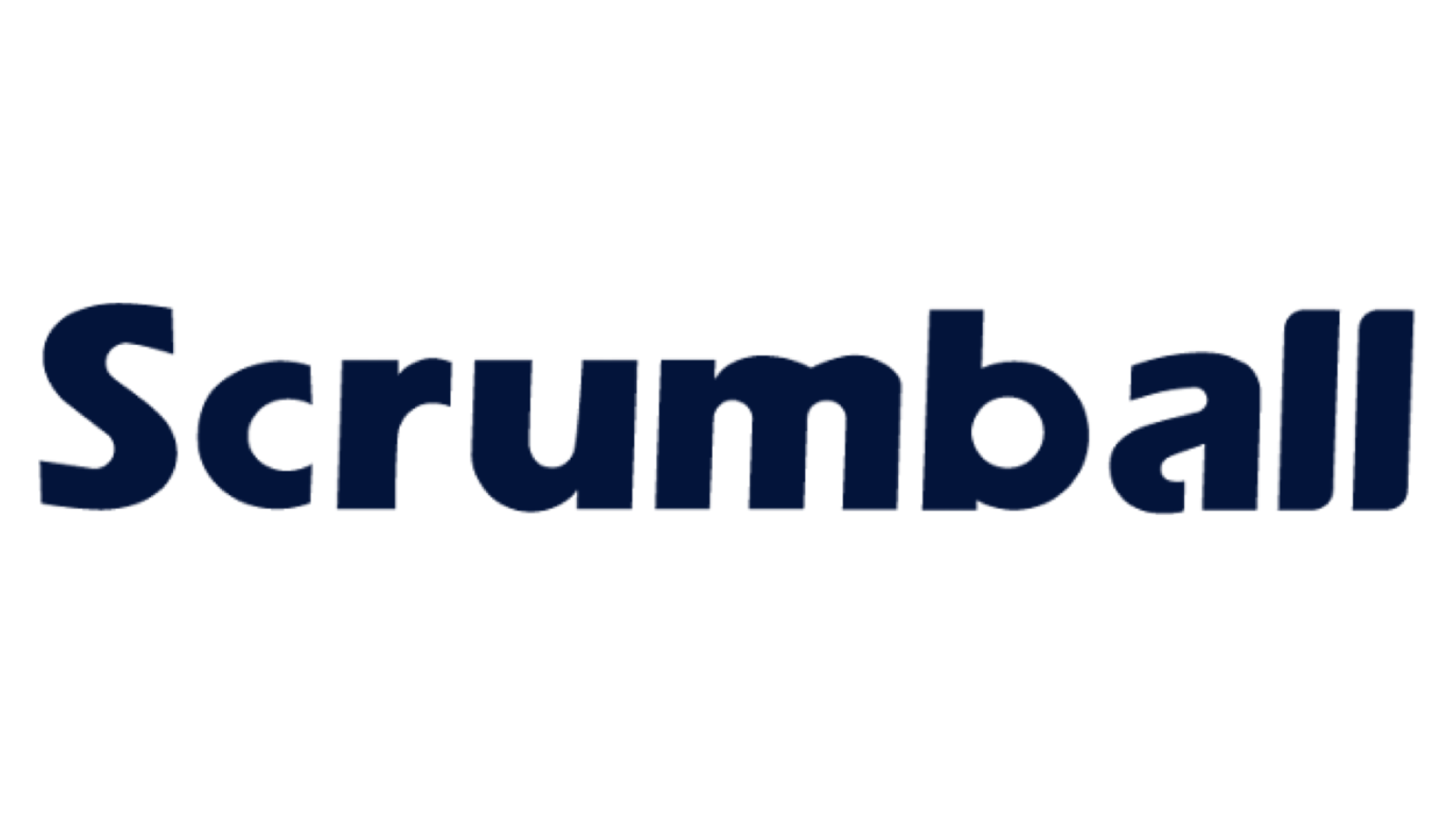7 Examples of Marketing Automation in Financial Services

Marketing automation has revolutionized how financial services operate, enabling you to deliver personalized experiences while improving efficiency. Customers now expect tailored interactions, with 72% of banking customers rating personalization as "highly important." Automation empowers you to meet these expectations by analyzing customer behavior and preferences to create meaningful connections.
By streamlining processes, marketing automation for financial services simplifies complex workflows and enhances customer engagement. Tailored content resonates with individuals, fostering loyalty and trust. Additionally, automation drives measurable results, such as increased organic search traffic, which accounts for up to 64% of calls in financial services marketing.
Personalized Email Campaigns in Marketing Automation for Financial Services

Bank of America’s Customer Retention Strategy
Campaign overview and goals.
Bank of America implemented a customer retention strategy that focused on delivering personalized email campaigns. The primary goal was to strengthen relationships with existing customers by providing tailored financial advice and timely reminders. This approach aimed to reduce churn rates and increase customer lifetime value.
Use of automation for customer segmentation and personalized content.
You can achieve similar results by leveraging marketing automation for financial services. Bank of America used automation tools to segment customers based on their financial behaviors, preferences, and demographics. For example, they identified mortgage holders and sent annual reminders about changes in mortgage rates. These emails encouraged customers to explore refinancing options. Similarly, financial advisors conducted portfolio reviews through automated emails, ensuring clients stayed aligned with their investment goals.
Results: Improved retention and engagement rates.
The results were remarkable. Personalized email campaigns led to higher engagement rates, as customers felt the content was relevant to their needs. Metrics such as revenue per subscriber (RPS) and subscriber lifetime value (LTV) showed significant improvement. Additionally, the forward rate of emails increased, indicating that customers found the content valuable enough to share.
Wealth Management Firm’s Automated Onboarding Emails
Automated sequences for new clients.
Wealth management firms often face challenges in onboarding new clients efficiently. By automating the onboarding process, you can streamline communication and enhance the client experience. Automated email sequences guide clients through each step, from account setup to risk assessment. For instance, digital forms and e-signature technology simplify data collection, while personalized welcome packages introduce your team and services.
Benefits: Enhanced onboarding experience and reduced manual workload.
Automation ensures timely communication and consistent service. Workflow tools trigger next steps and send reminders, keeping clients informed. Alerts notify your team when action is required, preventing delays. This approach not only reduces manual workload but also allows advisors to focus on building personalized relationships. Compliance checks, such as identity verification, are seamlessly integrated, ensuring efficiency and trust. Ultimately, automation enhances the onboarding experience, leaving clients satisfied and confident in your services.
Lead Nurturing Through Marketing Automation for Financial Services
Credit Union’s Lead Scoring System
Automation for prioritizing leads based on behavior and demographics.
Credit unions often face the challenge of identifying which leads are most likely to convert. A lead scoring system powered by marketing automation simplifies this process. By assigning scores based on specific criteria, you can prioritize leads effectively. For example, demographic factors like age and income level, along with engagement data such as email opens or website visits, help determine a lead’s potential.
Marketing automation tools analyze this data in real time, ensuring your team focuses on high-value prospects. For instance, repeated visits to loan application pages or interactions with financial calculators signal strong buyer intent. This approach not only saves time but also ensures your efforts align with customer needs.
Results: Increased conversion rates and streamlined sales processes.
Implementing a lead scoring system delivers measurable results. Your sales team can focus on high-priority leads, improving efficiency and boosting conversion rates. Marketing campaigns also become more targeted, attracting leads that align with your ideal client profile. Additionally, better alignment between marketing and sales teams ensures a seamless customer journey, fostering trust and loyalty.
Robo-Advisory Platform’s Drip Campaigns
Automated campaigns to educate and engage potential customers.
Robo-advisory platforms rely on trust and education to attract users. Drip campaigns, a key feature of marketing automation for financial services, nurture leads by delivering valuable content over time. For example, you can send a series of emails explaining how your platform works, the benefits of automated investing, and tips for financial planning.
These campaigns keep prospects engaged without overwhelming them. By addressing common questions and concerns, you build credibility and demonstrate your expertise. Personalized content, such as investment recommendations based on user preferences, further enhances engagement.
Benefits: Boosted trust and platform sign-ups.
Drip campaigns create a steady flow of communication, fostering long-term relationships. Prospects feel informed and valued, which increases their likelihood of signing up. Additionally, consistent engagement improves customer retention, as users are more likely to stay loyal to a platform they trust. Over time, this strategy drives growth and strengthens your brand’s reputation.
Tip: To maximize results, maintain timely and consistent communication with leads. Personalize your efforts to address their unique needs and preferences.
Social Media Automation in Financial Services

Insurance Company’s Social Media Scheduling
Automation tools for consistent posting and optimization.
Social media automation tools simplify the process of managing multiple platforms. By scheduling posts in advance, you ensure consistent communication with your audience. Tools like Hootsuite and Buffer allow you to plan content calendars, publish posts, and analyze performance metrics. This approach saves time by automating repetitive tasks, such as posting updates or sharing industry news.
To maximize results, follow best practices for social media scheduling. Start by identifying the platforms most relevant to your audience. Define clear business goals and create content that aligns with these objectives. Use a content calendar to organize posts and maintain a steady posting frequency. Incorporate multimedia elements like images or videos to boost engagement. Finally, track analytics to refine your strategy and improve future campaigns.
Results: Improved audience engagement and online presence.
Effective scheduling enhances your reach and strengthens your online presence. Consistent posting keeps your brand visible, attracting potential customers and retaining existing ones. Personalized posts tailored to your audience’s interests foster deeper connections. Analytics tools provide insights into what resonates with your followers, enabling you to adjust your strategy for better results. Over time, this approach leads to higher engagement rates and a more authentic brand image.
Investment Firm’s Social Listening and Engagement
Use of automation to monitor and respond to customer queries.
Social listening tools empower you to monitor conversations about your brand across platforms. These tools track mentions, customer feedback, and industry trends in real time. By analyzing this data, you gain valuable insights into customer sentiments and preferences. Automation ensures timely responses to queries, demonstrating your commitment to customer satisfaction.
For example, if a client raises a concern about investment options, automated alerts notify your team to address the issue promptly. This proactive approach builds trust and strengthens relationships. Additionally, social listening helps you identify opportunities to engage with your audience, such as responding to positive reviews or joining relevant discussions.
Benefits: Enhanced customer satisfaction and brand reputation.
Social listening enhances your ability to connect with customers on a personal level. By addressing concerns quickly, you show that you value their input. Insights gained from monitoring conversations allow you to tailor your messaging, making interactions more meaningful. This strategy not only improves customer satisfaction but also boosts your brand’s reputation. A strong online presence positions your firm as a trusted authority in the financial services industry.
Note: Social media automation is a key component of marketing automation for financial services. It streamlines operations, saves time, and fosters stronger customer relationships.
Data-Driven Personalization in Marketing Automation for Financial Services
Fintech App’s Tailored Recommendations
Automation for analyzing user data and delivering personalized advice.
Fintech apps leverage automation to analyze user data and provide tailored financial recommendations. By examining spending habits, savings patterns, and investment preferences, these platforms deliver advice that aligns with individual goals. For example, apps can suggest budgeting strategies or recommend investment portfolios based on risk tolerance. This approach ensures that every user receives actionable insights relevant to their financial journey.
Personalized communications significantly enhance customer engagement and loyalty. When users feel understood, they are more likely to trust your platform and act on the advice provided. Banks like Bank of Hawaii and Huntington National Bank have demonstrated the power of data-driven personalization. They analyze customer behavior to deliver timely insights, such as reminders to save or alerts about spending trends. These efforts not only improve user satisfaction but also foster long-term relationships.
Results: Increased app usage and customer satisfaction.
Tailored recommendations drive measurable results. Users engage more frequently with apps that offer personalized advice, leading to increased usage rates. Satisfaction levels also rise as customers see the value in receiving relevant and timely guidance. Over time, this strategy builds trust and positions your app as an essential tool for financial management.
Credit Card Company’s Targeted Offers
Automation for delivering offers based on spending habits.
Credit card companies use automation to analyze spending patterns and deliver targeted offers. By identifying categories where customers spend the most, such as dining or travel, you can create promotions that resonate with their interests. For instance, a customer who frequently books flights might receive cashback offers on airline purchases. This level of personalization ensures that your marketing efforts align with customer preferences.
Huntington National Bank and Synovus have successfully implemented similar strategies. Huntington delivers millions of insights monthly, focusing on actionable and relevant information. Synovus personalizes digital experiences by matching communication styles to customer preferences. These approaches demonstrate how automation can transform customer interactions into meaningful engagements.
Benefits: Higher redemption rates and customer loyalty.
Targeted offers lead to higher redemption rates. Customers are more likely to act on promotions that match their spending habits. This not only boosts short-term revenue but also strengthens loyalty over time. When customers feel valued, they remain committed to your brand, resulting in improved retention rates. Data-driven personalization ensures that every interaction adds value, enhancing the overall customer experience.
Pro Tip: Use automation to continuously refine your targeting strategies. Regularly analyze customer data to identify emerging trends and adjust your offers accordingly.
Workflow Automation for Customer Support in Financial Services
AI-Powered Chatbots in Banking
Automation for customer support and query resolution.
AI-powered chatbots have transformed customer support in banking by providing instant assistance and resolving queries efficiently. These chatbots use natural language processing to understand customer inquiries and deliver accurate responses. For example, they can guide users through account balance checks, transaction histories, or even fraud alerts without requiring human intervention.
Workflow automation structures escalations and decisions, ensuring that unresolved issues are directed to the appropriate support team. This approach minimizes wait times and frustration for customers. Additionally, chatbots can handle multiple queries simultaneously, allowing your support team to focus on more complex problems. By integrating chatbots into your customer service strategy, you enhance efficiency and provide personalized resolutions at scale.
Results: Faster response times and reduced operational costs.
AI-powered chatbots significantly reduce response times, ensuring customers receive timely assistance. This improvement fosters trust and satisfaction. Furthermore, automation lowers operational costs by reducing the need for extensive support staff. Your team can allocate resources more effectively, focusing on tasks that require human expertise. Over time, this strategy enhances customer engagement and strengthens your brand reputation.
Automated Loan Application Processes
Streamlined loan approvals and communication through automation.
Automating loan application processes simplifies approvals and improves communication. Workflow automation enables you to build a structured digital engagement process. For instance, you can securely capture applicant information, generate necessary documents, and store them in accessible folders. This streamlined approach ensures compliance with regulations while maintaining data security.
Automation also reduces delays by guiding applicants through each step of the process. Notifications keep customers informed about their application status, fostering transparency. Support staff can focus on resolving complex issues, while minor tasks are handled efficiently. This structured workflow enhances visibility and ensures a seamless experience for both customers and employees.
Benefits: Improved customer experience and faster processing times.
Automated loan processes lead to faster approvals, reducing the time customers spend waiting. This efficiency improves satisfaction and builds trust in your services. Additionally, automation ensures that all necessary steps are completed accurately, minimizing errors. By adopting workflow automation, you create a smoother experience for customers while optimizing your internal operations.
Key Benefits of Workflow Automation in Financial Services:
- Efficiency: Streamlines processes and reduces wait times.
- Improved Issue Resolution: Structures escalations and decisions for personalized resolutions.
- Enhanced Customer Engagement: Keeps customers informed with automated updates.
- Compliance: Ensures adherence to regulations, building trust and reliability.
Marketing automation for financial services offers transformative benefits that can elevate your business. It enhances customer engagement by delivering timely, relevant messages and builds trust through consistent communication. Automation also drives loyalty by converting prospects into long-term clients and educates audiences with tailored content. By understanding customer needs and reaching them on their preferred platforms, you can create meaningful connections.
Adopting automation strategies ensures your business remains competitive in a rapidly evolving market. Tools like real-time data analysis and cross-channel marketing enable you to scale efficiently while personalizing customer experiences. As the industry moves toward automation, integrating technology with a human touch will help you foster trust and deliver exceptional service.
Takeaway: Marketing automation is not just a tool; it’s a pathway to innovation, efficiency, and customer satisfaction.
FAQ
What is marketing automation in financial services?
Marketing automation uses technology to streamline repetitive tasks like email campaigns, lead nurturing, and customer segmentation. It helps you deliver personalized experiences, improve efficiency, and enhance customer engagement by leveraging data-driven insights.
How can marketing automation improve customer retention?
Automation enables you to send timely, relevant messages based on customer behavior. For example, personalized emails or targeted offers keep customers engaged and satisfied. This approach fosters loyalty and reduces churn rates.
Are marketing automation tools expensive?
Costs vary depending on the tool and features. Many platforms offer scalable pricing, allowing you to choose options that fit your budget. Investing in automation often delivers a high return by improving efficiency and driving measurable results.
Can small financial firms benefit from automation?
Absolutely! Automation simplifies workflows, reduces manual tasks, and enhances customer communication. Even small firms can use affordable tools to improve efficiency and compete with larger organizations.
What are the key metrics to track in marketing automation?
Focus on metrics like email open rates, click-through rates, lead conversion rates, and customer lifetime value. These indicators help you measure the effectiveness of your campaigns and refine your strategies.
Pro Tip: Regularly review your analytics to identify trends and optimize your automation efforts.
See Also
7 Key Steps For Determining Your Content Marketing ROI
5 Must-See Examples Of Influencer Marketing Briefs
15 Best Influencer Marketing Platforms To Use In 2024
